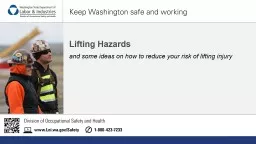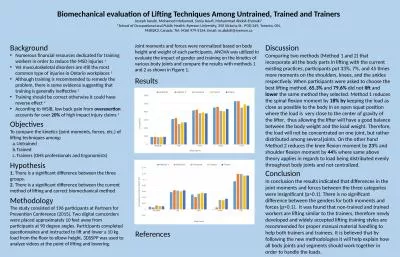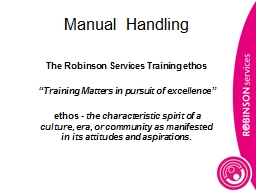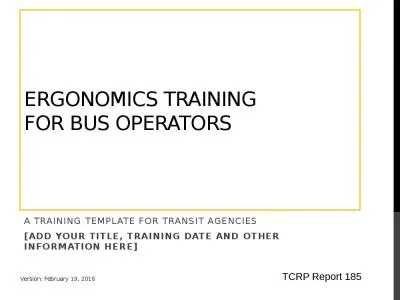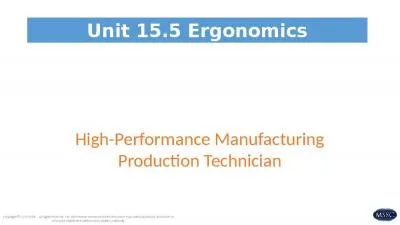PPT-Safety Moments Topic: Material Handling, Ergonomics, Lifting, Ladders
Author : stefany-barnette | Published Date : 2019-11-09
Safety Moments Topic Material Handling Ergonomics Lifting Ladders A Safety Moment is a brief safety talk about a specific subject at the beginning of a meeting or
Presentation Embed Code
Download Presentation
Download Presentation The PPT/PDF document "Safety Moments Topic: Material Handling,..." is the property of its rightful owner. Permission is granted to download and print the materials on this website for personal, non-commercial use only, and to display it on your personal computer provided you do not modify the materials and that you retain all copyright notices contained in the materials. By downloading content from our website, you accept the terms of this agreement.
Safety Moments Topic: Material Handling, Ergonomics, Lifting, Ladders: Transcript
Download Rules Of Document
"Safety Moments Topic: Material Handling, Ergonomics, Lifting, Ladders"The content belongs to its owner. You may download and print it for personal use, without modification, and keep all copyright notices. By downloading, you agree to these terms.
Related Documents

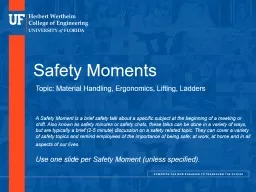

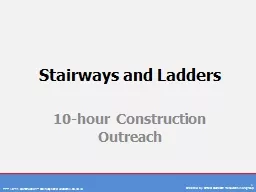
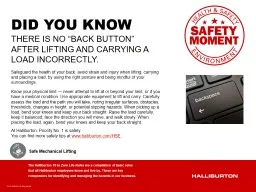
![Material Handling This material was produced under grant [SH22236SH1]from the Occupational](https://thumbs.docslides.com/668343/material-handling-this-material-was-produced-under-grant-sh22236sh1-from-the-occupational-safety-a.jpg)


